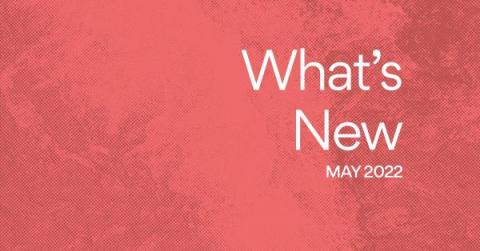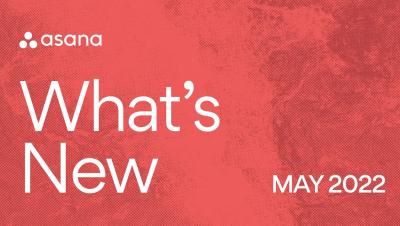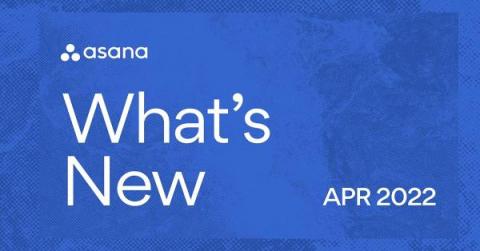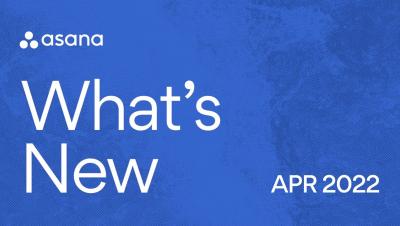The unique reason Gen Z workers are made for this urgent moment
When you’re about as old as the iPhone, you’re going to have a unique relationship with technology. Generation Z has just that. They know that this intuitive understanding of the most powerful digital tools is an incredible force for good. Gen Z—the moniker for the group of people born between 1997 and the early 2010s—understands the creator economy innately, how to start businesses on a smartphone, and how to scale those early successes. And they are only getting started.











